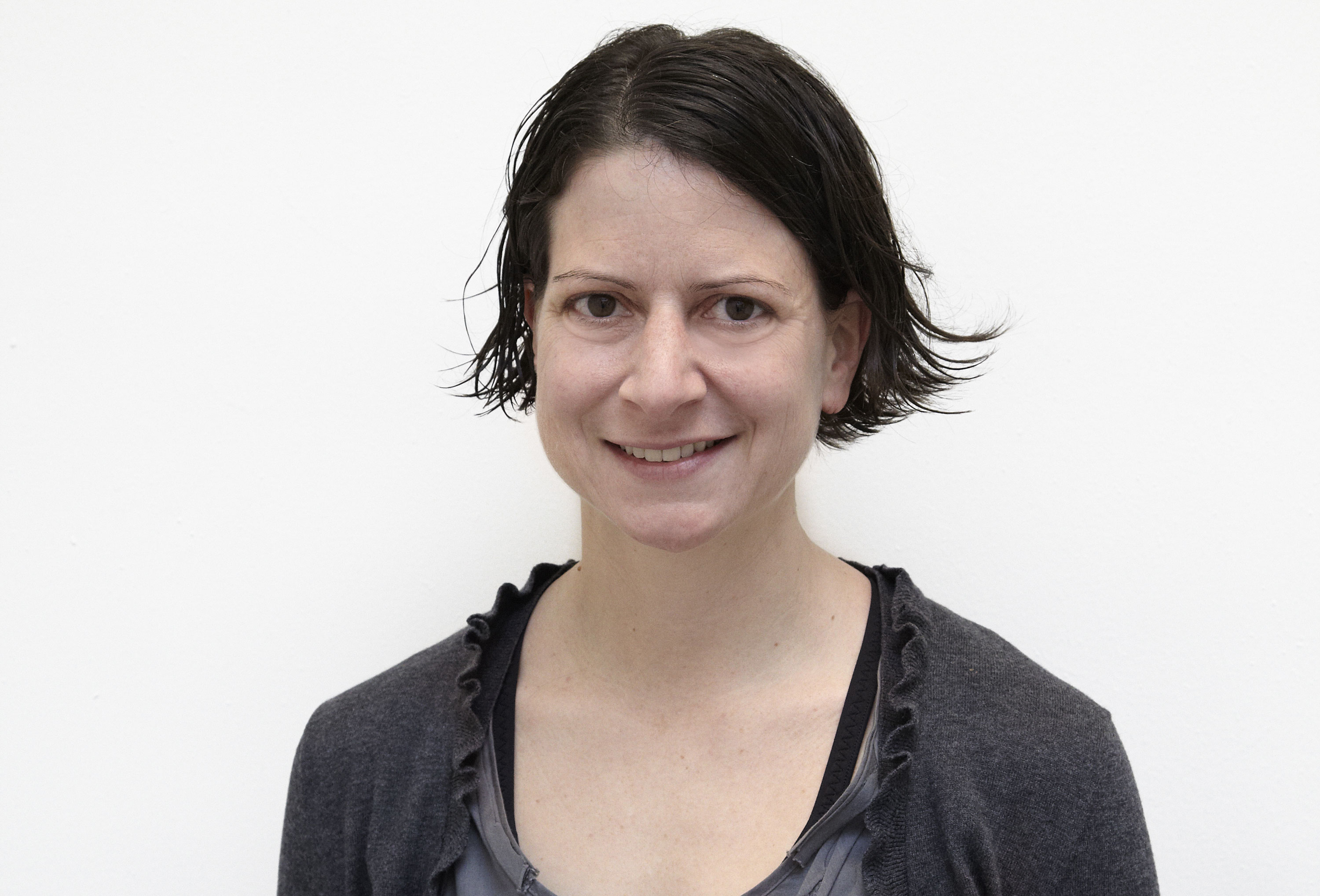Trickle of Planet Discoveries Becomes a Flood
Alienworlds, once hidden from knowledge, are now being discovered in droves,stunning astronomers with their unique features and sheer numbers. Thediscoveries are so common that more and more don't even get reported outsidescientific circles.
Take theannouncement at the end of May of a massive planet, dubbed TrES-3,that zips around its star in an amazingly rapid 31 hours, giving the planet a1.3-day year. Astronomers issued a press release, but you might not have heardabout it because the discovery was so overshadowed by other planet announcementsand barely received news coverage.
?It?spretty routine now,? said Alan Boss, a planet formation theorist at theCarnegie Institution of Washington. ?Most planets that are found are not deemedworthy of a press release because they are sort of becoming ?one more planet.??
The totalis now more than 200 extrasolarplanets confirmed. And this is the tip of the iceberg in planet finds. Astronomershave more tools than ever, and technology is so advanced that planet discovery has become almostmundane.
Theregularity of planet finds, luckily, is buffered by the wild variety in thediscoveries themselves, including the following contrasts: nascent worlds ofjust a million years versus those that are billions of years old; hot gasgiants and icy Neptune-like orbs; planets that whip around their parentstars with cosmic speed and others that seem to creep at a slug?s pace; andplanets orbitingdouble-stars, red-dwarf stars and even so-called failed stars.??
Transittechnique
Astronomersspotted TrES-3 as part of the Trans-atlantic Exoplanet Survey while looking fortransiting planets, or those that pass directly in front of their home starwith respect to Earth. It was detected with a network of telescopes in Arizona, California, and the Canary Islands. When TrES-3 coasted in front of its home star,the telescopes picked up a slight dimming of the star?s light, by about 2.5percent. The scientists used the dimming to estimate the planet?s mass, sizeand other properties.
Breaking space news, the latest updates on rocket launches, skywatching events and more!
It islocated 800 light-years away in the constellation Hercules about 10 degreeswest of Vega, one of the brightest stars in the summer skies of the northernhemisphere.
?It is alsoa very massive planet?about twice the mass of the solar system's biggestplanet, Jupiter?and is one of the planets with the shortest known periods,?said a co-discoverer of TrES-3 Georgi Mandushev of the Lowell Observatory in Arizona.
The giantorb orbits so close to its parent star, about 50 times closer than Earth is to the Sun, the astronomersestimate its temperature soars to about 1,500 degrees Kelvin.
Stellarwobbles
While the?transit method? provides astronomers with the best indirect information aboutan exoplanet, so far only about 20 transiting planets have been spotted.
That?s whythe most successful (based on the number of planet finds) teams have relied onthe so-called wobblemethod, or radial-velocity technique.
?The radial-velocityteams are the most successful,? Boss told SPACE.com. ?They are a victimof their own success. They are able to get more and more telescope time,because they can prove to the assignment committees that give out the time that?if you give us so many more nights we can probably find you so many moreplanets,?? Boss said.
He added,?The key bottleneck for finding more planets is simply more time on atelescope.?
The firstsand superlatives
In additionto finding new worlds, the burgeoning field has achieved many firsts.
In 2001, ateam led by David Charbonneau of the Harvard-Smithsonian Center forAstrophysics used the Hubble Space Telescope to detect for the first time the atmosphere of an extrasolarhot Jupiter called HD 209458b.
Another hotJupiter, UpsilonAndromeda b, revealed for the first time an exoplanet with a temperaturevariation across its surface: One side has temperatures rivaling those founddeep in a volcano while the other face could plunge below freezing.?
Superlativesabound as well, with discoveries gaining fame as the windiest, tiniest, mostmassive and fastest orbiter.
- Shortest orbital period in catalog: HD 41004 B b completes a full orbit in 1.328 days.
- Longest orbit: HD 154345 b takes 13,100 days to orbit its parent star.
- Lightest planet: Gliese 581 C weighs just five Earth masses.
Planetorganizer
In aneffort to keep track of the rapidly increasing list of exoplanets, a group ofastronomers published a catalog of nearby exoplanets within 652 light-years ofEarth in a 2006 issue of the Astrophysical Journal, though they realizeupdates will be a must on a routine basis.
?Withoutquestion, the catalog presented here will become out of date before it isprinted,? the researchers say in the published report of the catalog.
But withsuch a huge sample of relatively nearby planets, theorists now have the chanceto test out their theories in the ?real world.?
?This wholebusiness of extrasolar planets has been a real boon for theorists because sofar they had only one planetary system to study?and that was ours,? Mandushevsaid in a telephone interview.
Forinstance, when does an object stop being a planet and become a star, athreshold that theory places at 10 to 15 Jupiter masses and beyond which anobject can ignite hydrogen fusion to power a stellar glow??
The realgoal
Theultimate goal, say many planet hunters, is to find Earth-like planets, or thosewith similar masses, orbits and rocky compositions to Earth. And beyond findingthe physical Earth-like attributes would be to find life. So far no ?Earths?have been identified, though observatories are coming online with thesensitivity to detect small objects that orbit far from their host stars, asour planet does.
?The huntis still on for rocky, Earth-like planets,? said Jason Wright, an astronomer atthe University of California, Berkeley, who was part of the team compiling theexoplanet catalog.
Andastronomers have identified the first Earth-like planet that could supportliquid water and harbor life. The ?super Earth,? Gliese581 C, weighs about five Earth masses and is either a rocky planet or onecovered entirely by oceans, astronomers speculate.?
Multi-planetsystems are also a goal. So far about 25 multi-planet systems have beenidentified with two such systems supporting four planets.
?We haven?tfound a clone of the solar system yet,? Boss said. ?But that?s only ruling outmaybe 10 percent of the stars. The other 90 percent could have exact solarsystem analogs and we wouldn?t know it because we haven?t been able to takedata for long enough to actually find their planetary systems.?
- VIDEO: Planet Hunter
- Top 10 Most Intriguing Extrasolar Planets
- The Strangest Things in Space

